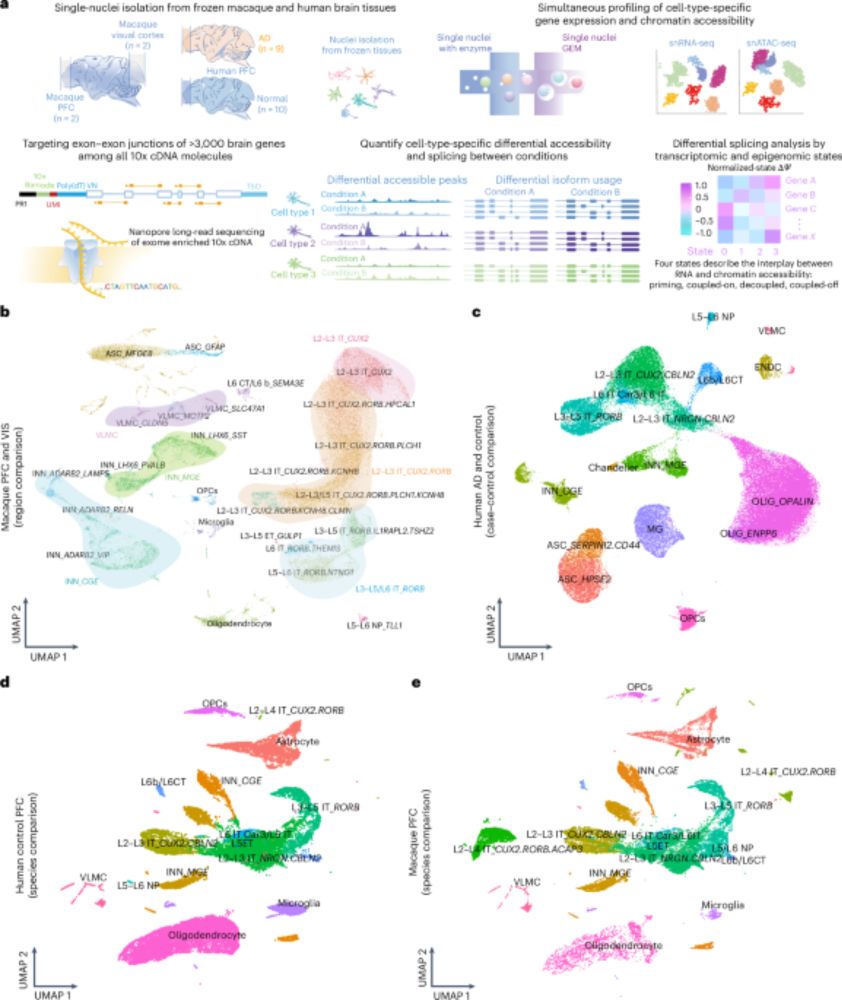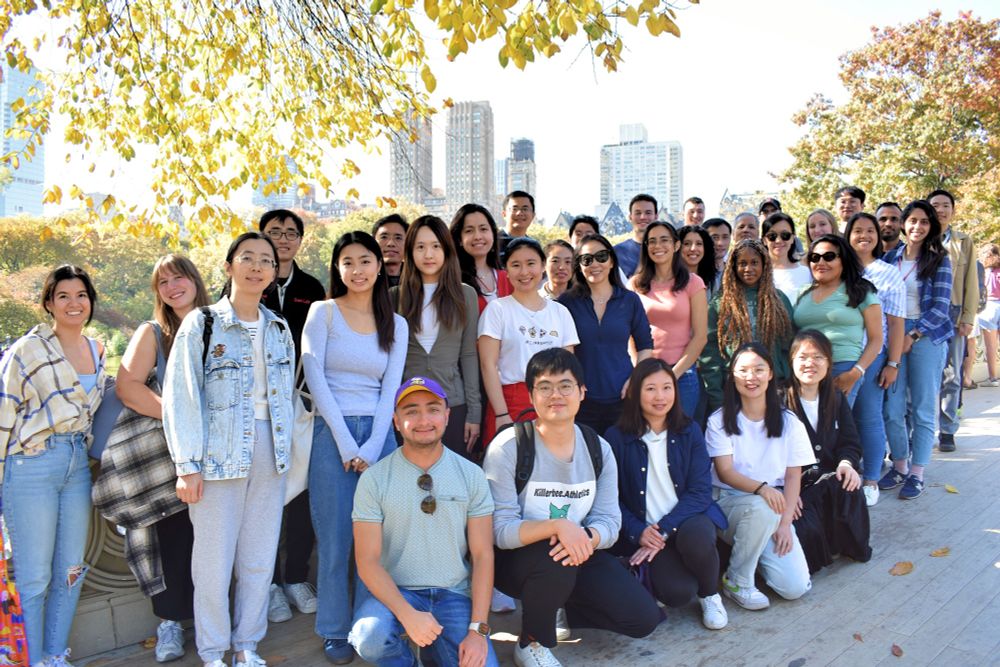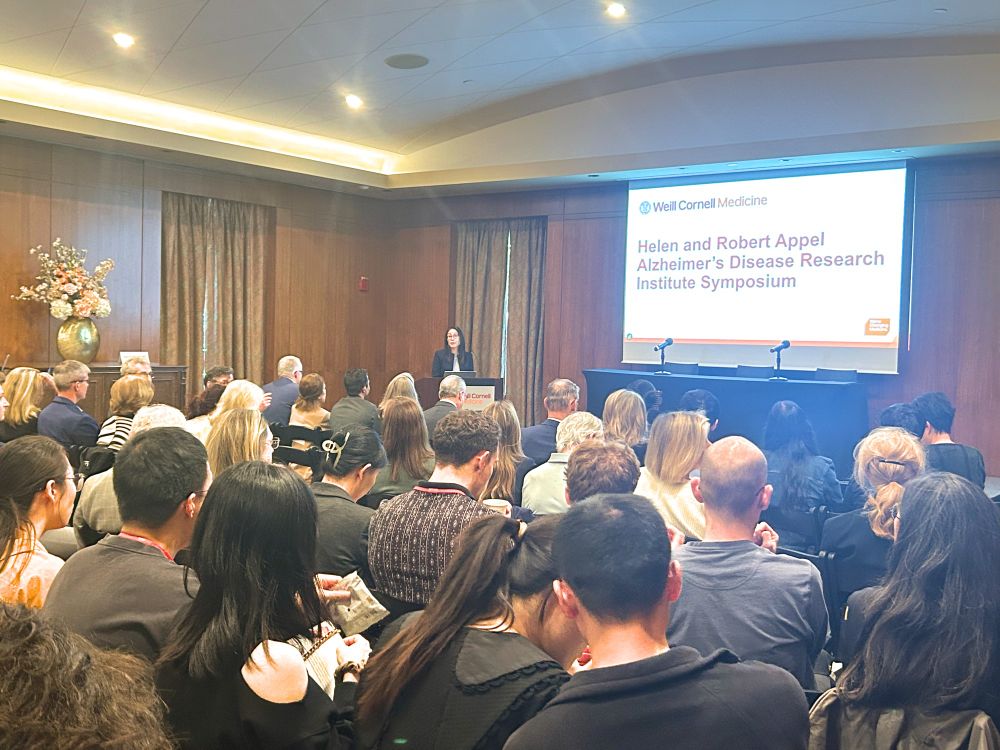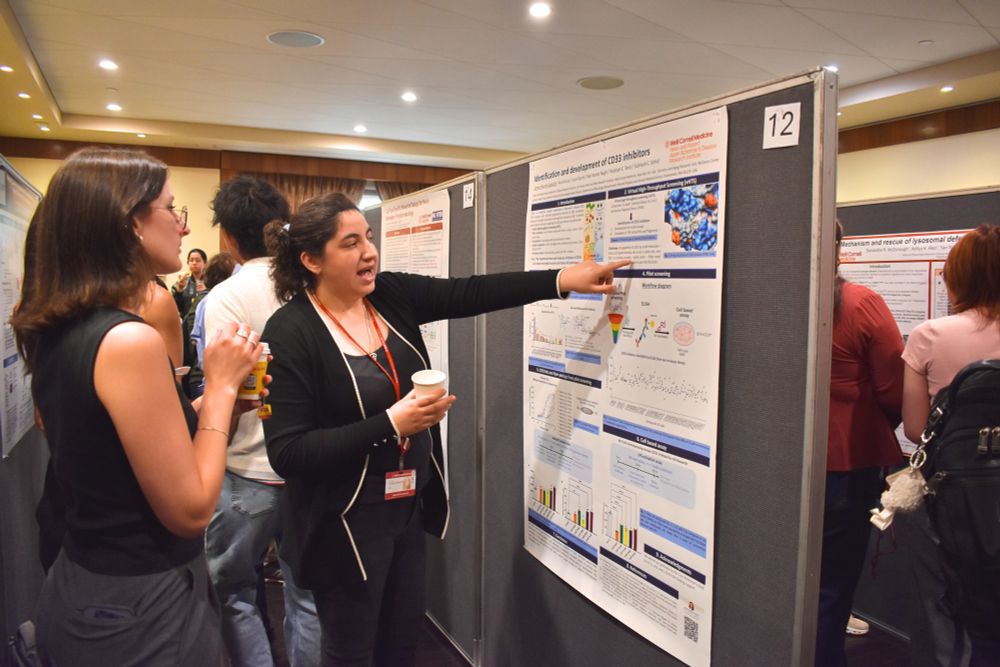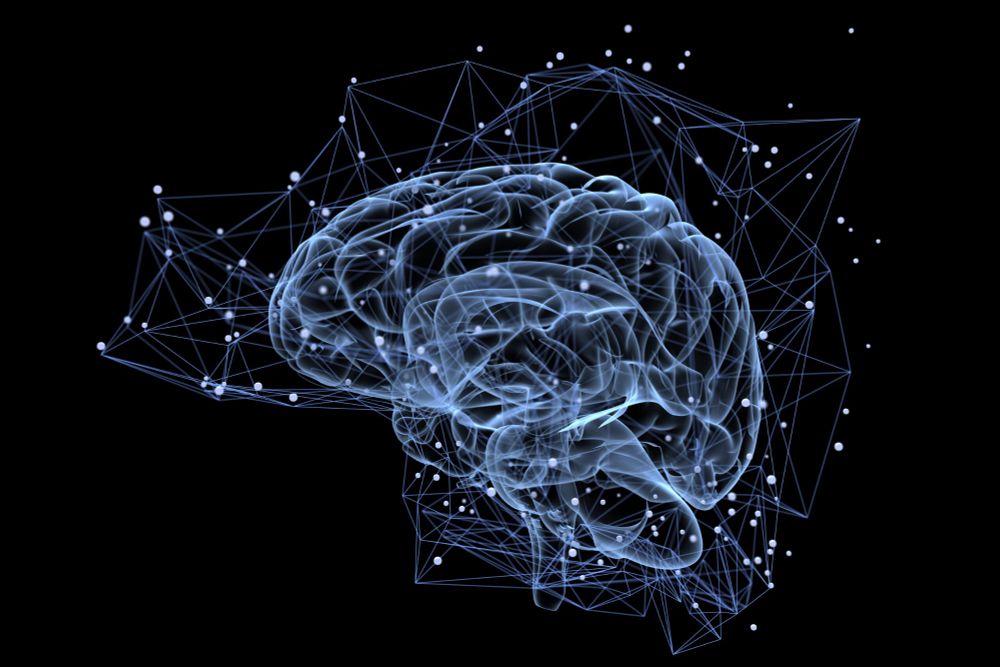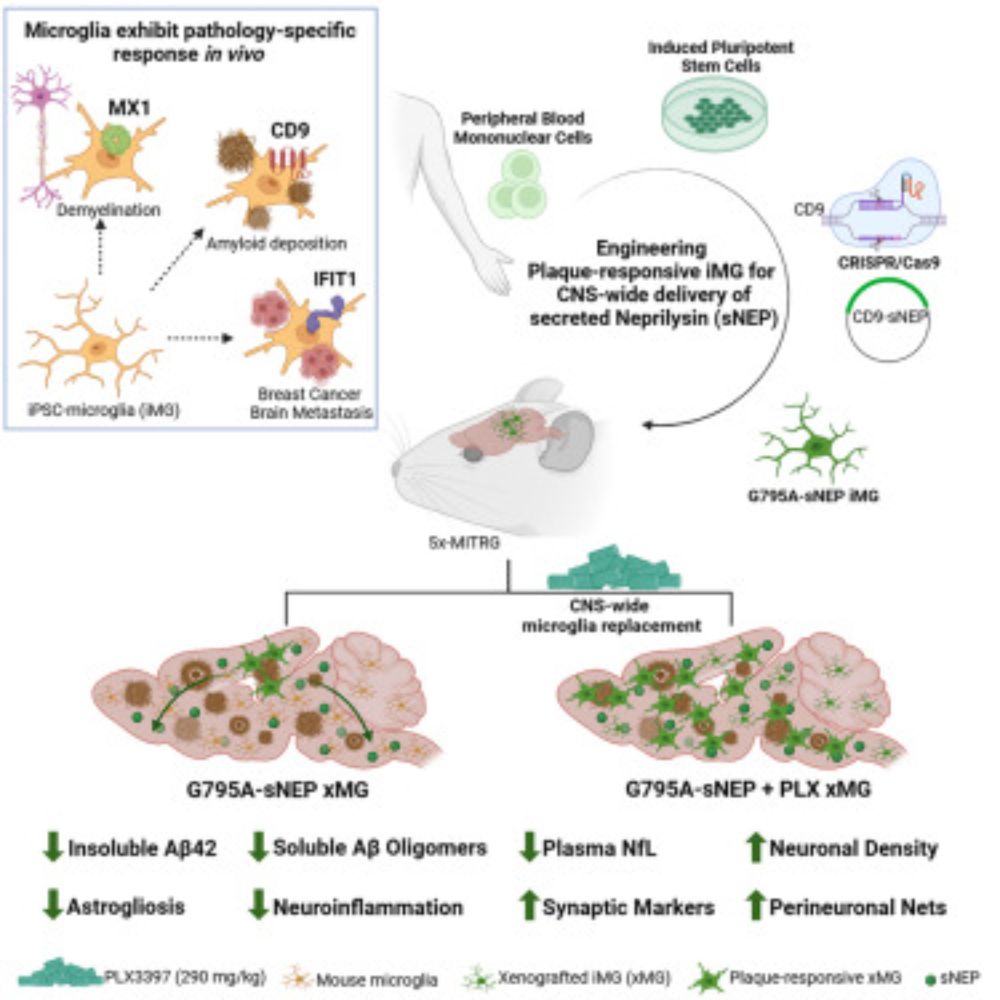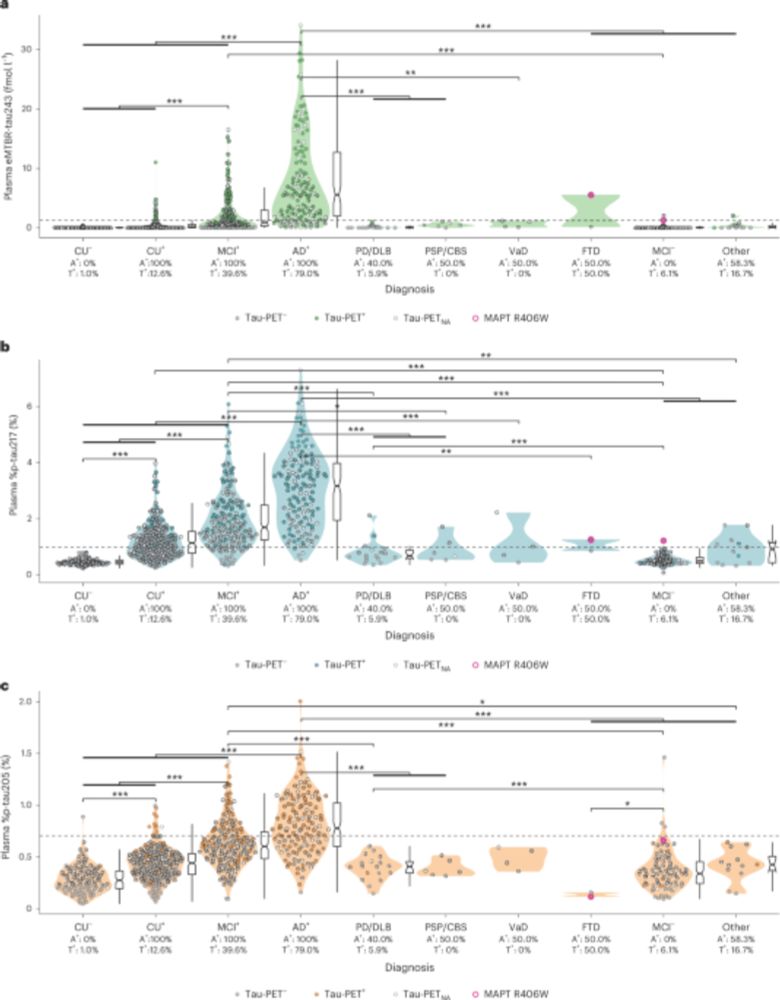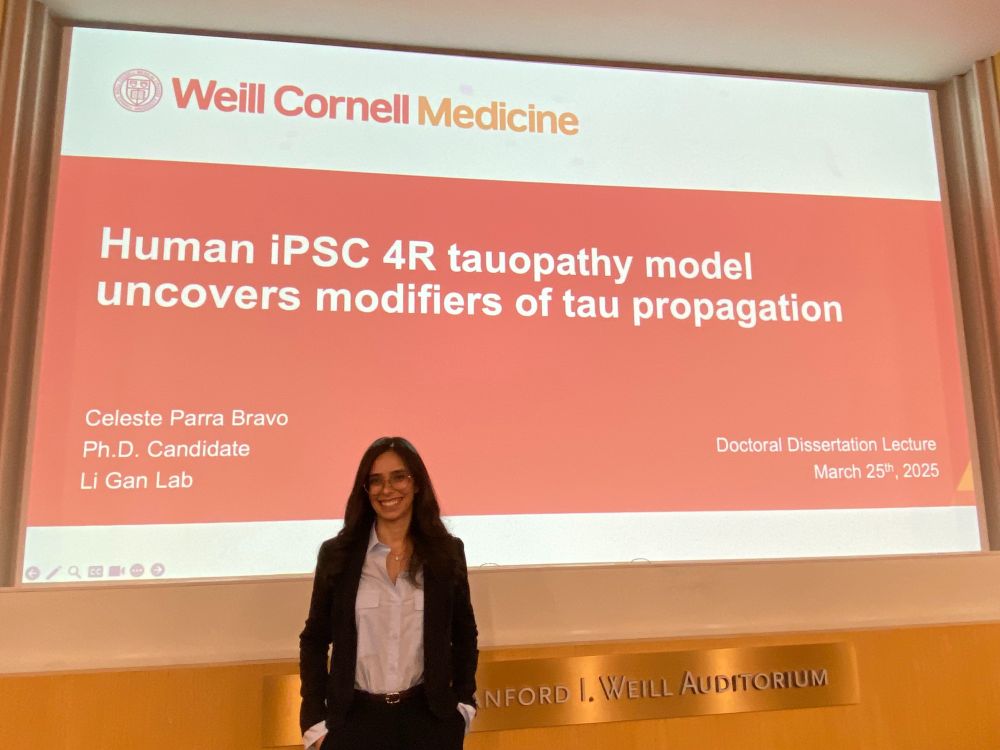Gan Lab
@liganlab.bsky.social
200 followers
96 following
20 posts
Group of passionate scientists unraveling the mysteries of neurodegeneration at Weill Cornell Medicine 🧠 | Tackling Alzheimer’s, FTD, PD & related diseases 🧬 | Focused on tau, innate immunity, & targeted therapeutics using iPSC & transcriptomics🔬
Posts
Media
Videos
Starter Packs
Pinned
Gan Lab
@liganlab.bsky.social
· Jun 24
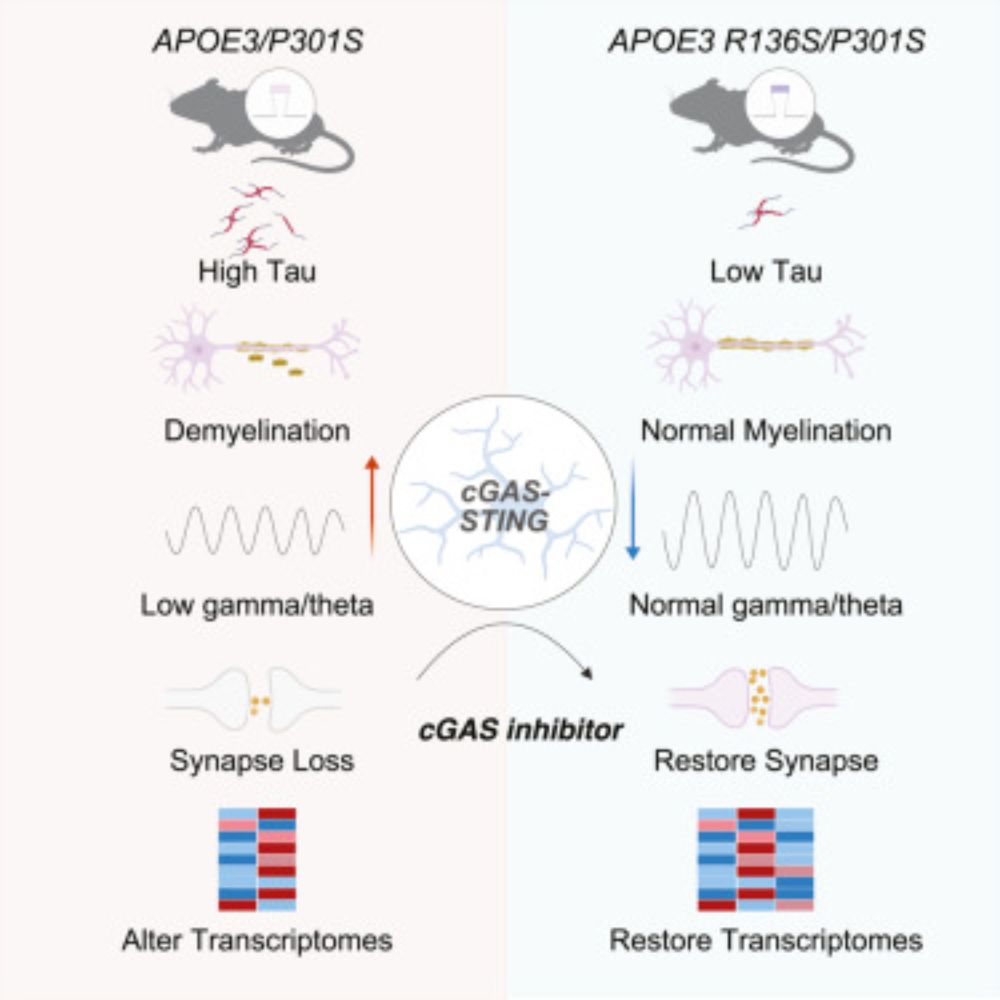
The R136S mutation in the APOE3 gene confers resilience against tau pathology via inhibition of the cGAS-STING-IFN pathway
The Christchurch mutation (R136S) in the APOE3 (E3S/S) gene is associated with attenuated tau load and cognitive decline despite the presence of a cau…
www.sciencedirect.com
Gan Lab
@liganlab.bsky.social
· 16d

Rod-shaped microglia interact with neuronal dendrites to attenuate cortical excitability during TDP-43-related neurodegeneration
While microglial activation is a hallmark in neurodegeneration, the specific role
of microglia in disease-related cortical excitability remains unknown. Xie et al.
reveal that rod-shaped microglia for...
www.cell.com
Gan Lab
@liganlab.bsky.social
· 27d

Neurons sequester the cholesterol-inhibiting TFEB in oligodendrocyte cytoplasm to safeguard myelination and neural function
Zhang et al. identify TFEB as a molecular link that connects extrinsic neuronal cues
to intrinsic oligodendrocyte transcriptional programs. TFEB directly binds to and
represses numerous cholesterol bi...
www.cell.com
Gan Lab
@liganlab.bsky.social
· Sep 6

Innate immune sensing of Z-nucleic acids by ZBP1-RIPK1 axis drives neuroinflammation in Alzheimer’s disease
Microglia-mediated neuroinflammation drives Alzheimer's disease (AD) pathogenesis,
yet the underlying mechanism is poorly understood. Song et al. demonstrate that toxic
amyloid-β induces oxidation and...
www.cell.com
Reposted by Gan Lab
Gan Lab
@liganlab.bsky.social
· Aug 25
AI-driven fusion of multimodal data for Alzheimer’s disease biomarker assessment - Nature Communications
A flexible AI framework integrates multimodal neurology work-up data to estimate amyloid and tau burden, supporting scalable biomarker stratification for Alzheimer’s disease research and trial screeni...
www.nature.com
Gan Lab
@liganlab.bsky.social
· Aug 8

Lithium deficiency and the onset of Alzheimer’s disease - Nature
Lithium has an essential role in the brain and is deficient early in Alzheimer’s disease, which can be recapitulated in mice and treated with a novel lithium salt that restores the physiological level...
doi.org
Gan Lab
@liganlab.bsky.social
· Aug 6

Site-specific quantification of the in vivo UFMylome reveals myosin modification in ALS
UFMylation is the post-translational modification of Ubiquitin Fold Modifier1 (UFM1)
applied to substrate proteins. Blazev et al. develop an antibody-based enrichment
approach followed by LC-MS/MS to ...
www.cell.com
Gan Lab
@liganlab.bsky.social
· Aug 5

Intra-condensate demixing of TDP-43 inside stress granules generates pathological aggregates
Stress granules promote TDP-43 aggregation via intra-condensate demixing, a pathway
triggered by its up-concentration and oxidation within condensates. Blocking this
demixing pathway prevents TDP-43 a...
www.cell.com
Gan Lab
@liganlab.bsky.social
· Jul 28
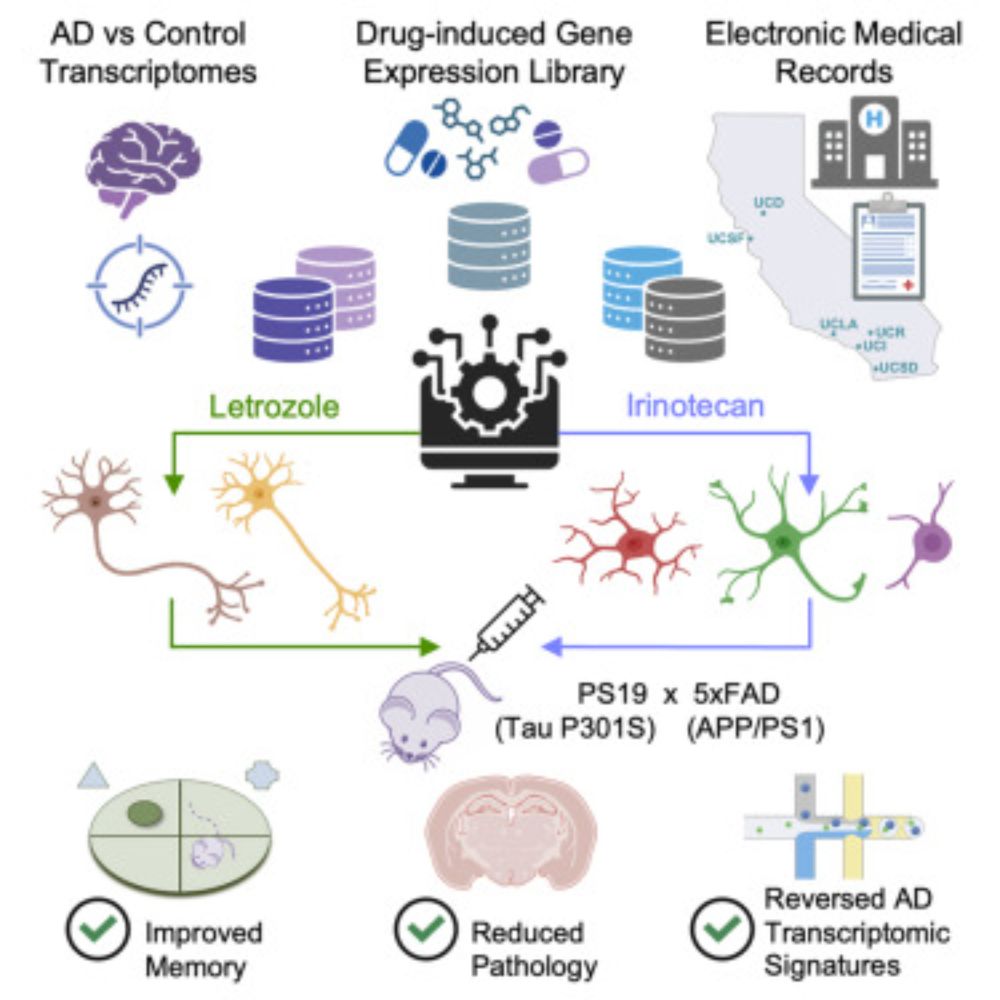
Cell-type-directed network-correcting combination therapy for Alzheimer’s disease
A multi-cell-type drug discovery strategy targeting dysregulated gene networks in
neurons and glia identified letrozole and irinotecan as a combination therapy that
significantly improved memory and r...
www.cell.com
Gan Lab
@liganlab.bsky.social
· Jul 23
Gan Lab
@liganlab.bsky.social
· Jun 24

The R136S mutation in the APOE3 gene confers resilience against tau pathology via inhibition of the cGAS-STING-IFN pathway
The Christchurch mutation (R136S) in the APOE3 (E3S/S) gene is associated with attenuated tau load and cognitive decline despite the presence of a cau…
www.sciencedirect.com
Gan Lab
@liganlab.bsky.social
· Apr 4
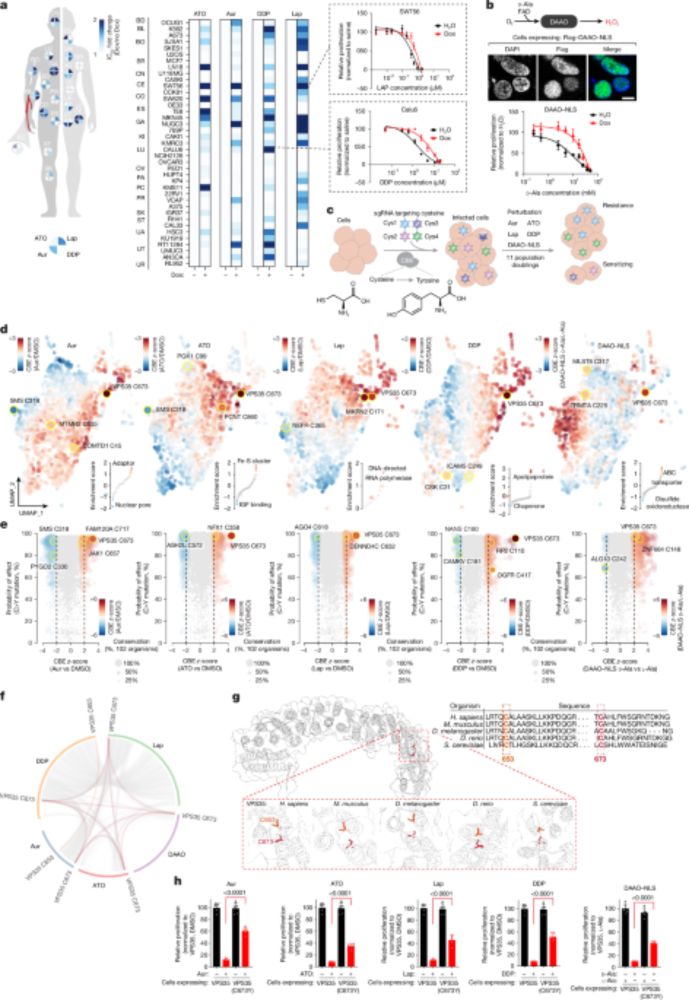
Oxidation of retromer complex controls mitochondrial translation - Nature
Systematic base-editing and computational screens identify specific cysteine residues on VPS35 in the retromer complex as key sensors that decrease mitochondrial translation in response to reactive ox...
www.nature.com
Gan Lab
@liganlab.bsky.social
· Apr 4
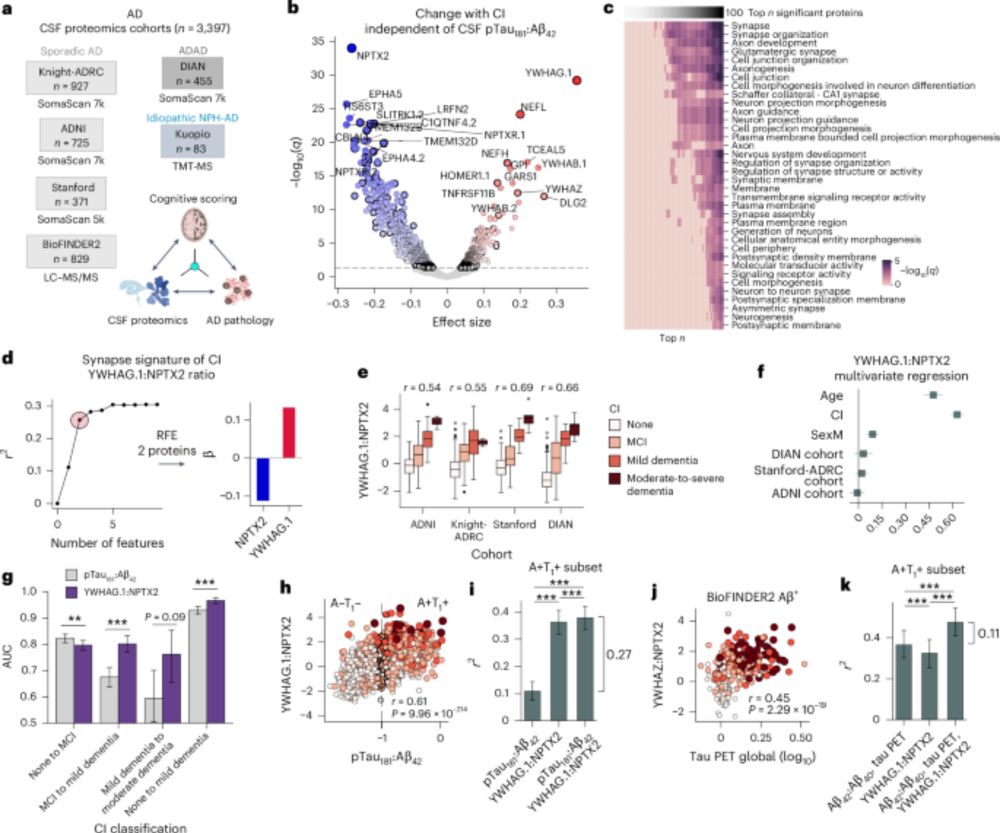
A cerebrospinal fluid synaptic protein biomarker for prediction of cognitive resilience versus decline in Alzheimer’s disease - Nature Medicine
The ratio between the levels of two synaptic proteins in cerebrospinal fluid predicts future cognitive resilience versus decline among presymptomatic individuals and individuals with early Alzheimer’s...
www.nature.com



